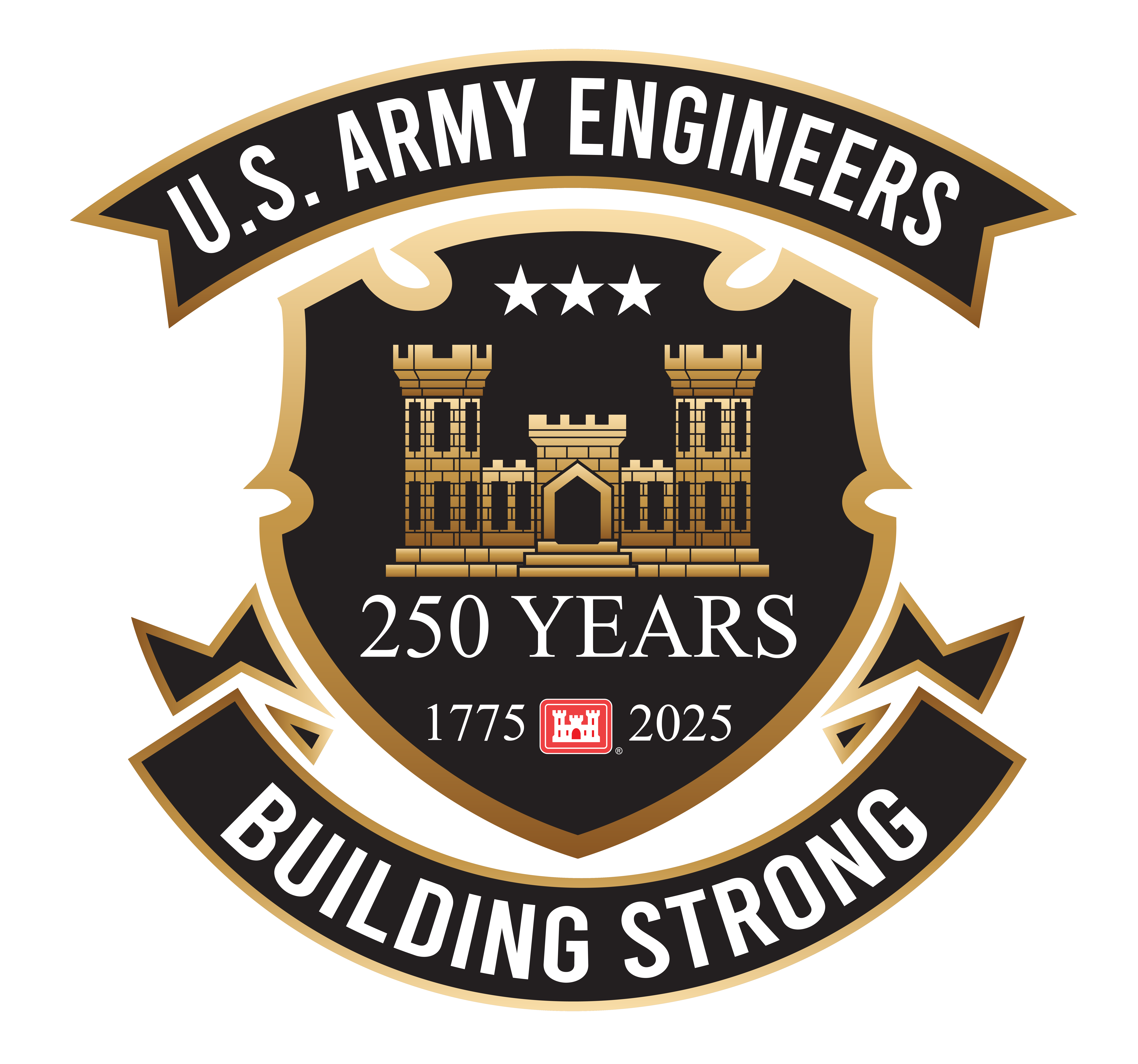| |
 |
| |
A truss railroad bridge under construction over Bull Run, supervised by Herman Haupt, during the American Civil War.
|
One of the perhaps lesser-known engineering feats of the American Civil War was the organization and management of the Union Army of the Potomac’s railroads. Under the leadership of Brig. Gen. Herman Haupt, the transportation of Union troops, wounded soldiers, and supplies was made rapid and efficient. Haupt was both a talented builder, quickly constructing and repairing damaged bridges and railroad lines, and a skilled administrator, ensuring the trains moved effectively and in a timely manner.
Herman Haupt was born in Philadelphia, Pennsylvania, in 1817 and entered the United States Military Academy in 1831. However, the military life was not for Haupt, and within a year of graduation he resigned his commission and became a civil engineer. He gained great experience in the growing engineering field, working on railroad construction and administration in Massachusetts and Pennsylvania while also teaching civil engineering at Pennsylvania (now Gettysburg) College. At the outset of the Civil War, Haupt was asked to manage the construction and operations of the Union’s railroads in the Eastern Theater, and he was appointed U.S. Railroad Superintendent.
Haupt’s dislike of Army life had not dissipated over the years. He resented the loss of freedom to manage his own civil engineering projects and interference with railroad operations by Union field generals, and in September 1863 he resigned his superintendent post. Though he did not serve to the end of the war, his great accomplishments in building and managing Union railroads were instrumental in the eventual Union victory.
One of Herman Haupt’s sons, Lewis, followed his father into the engineering field and into the Army. After studying at the University of Pennsylvania and Harvard, Lewis was appointed to the United States Military Academy in 1863. Upon graduation in 1867, Lewis served as an engineer officer on the U.S. Lake Survey and in Texas, but in 1869 he too left the Army to enter the civil engineering field. Though he worked for the U.S. Patent Office and the city of Philadelphia, he spent most of his career as a professor of engineering at the University of Pennsylvania, with special expertise in canals and waterways. He authored several engineering books and numerous papers and held a number of patents for coastal engineering structures he designed. Though he did not return to military service, he did play a part in one Army Engineer project—the Panama Canal. In 1897 Lewis was appointed to the Nicaraguan Canal Commission, a body charged with determining the suitability of a canal there. Ultimately the route through Panama proved more feasible, and Lewis then joined the Panama Canal Commission for several years, the organization that oversaw construction of the canal under the management of Army Engineer officers.
The U.S. Army Corps of Engineers Historical Collection holds material from both Herman and Lewis Haupt. The elder Haupt’s Civil War uniform field cap is currently on exhibit at the National Museum of the United States Army. Lewis Haupt’s West Point cadet and Army uniform coats are preserved in the collection, as well as material from his post-Army career, when he was active in organizations that promoted canals and development of rivers and harbors. The materials from both Haupt generations were donated by their descendants. Though both father and son spent little time in the Army, their contributions both helped win the Civil War and propelled the national development that came after.
 |
|
.JPG?ver=_NFYh6NVok6TS_S6xW2D2w%3d%3d) |
|
 |
| Lewis Haupt's attendance ribbon for the National Rivers and Harbors Convention, 1906. |
Lewis Haupt's army coat. |
|
Lewis Haupt's delegate ribbon to the New York State Waterways Conference, 1909. |
| |
| |
|
|
|
|
|
|
| |
|
 |
250th Anniversary
June 2025. No. 07. |
|
|
|
| |
|
|
|
|
|
|
|